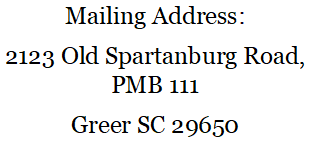|
Bermuda grass is a great option for your yard, but how you begin growing it can have an effect on how efficiently it grows. There are a few options on how to begin growing your yard full of Bermuda. In this blog post, we are going to break down the options of seeding, hydroseeding, and sodding. Seeding Seeding Bermuda grass is very tricky and requires very specific conditions; and is the worst decision you could make in the Upstate of South Carolina. Our company has spoke with many clients over the years that spend more money on seeding to try and get Bermuda to grow then if they would have put down sod. Bermuda grass seed should be planted late spring into early summer. The soil temperature should be above 65 degrees (usually reached when air temperatures are 80 degrees or higher), however soil temperature should be less than 100. While germinating, the soil should always be kept moist. If all of the conditions are right, the seeds will germinate in 7 to 10 days and will grow grass in 60 to 90 days. However, if the conditions aren’t ideal, your grass may take longer, or may not come up at all. With the unpredictability of South Carolina weather, it can be difficult to keep these perfect conditions. The bottom line, seeding Bermuda is both time consuming and can become very expensive if the first seeds you plant don’t grow and you have to keep repeating the process. There are easier and more effective ways! (Pros: lowest price (if it works the first time)) (Cons: slowest option, seeds may not yield grass, conditions have to be almost perfect.) Hydroseeding Hydroseeding is when a mixture of seed, fertilizer, water, and mulch are mixed together and sprayed on the ground. The mixture is sprayed quickly and evenly over the ground. Due to the seeds already being mixed with water and nutrients, the process of germination is sped up. With this method, grass should begin growing within 7 days of the application. You should have the beginning of a full lawn of grass within 3 to 4 weeks, but it is recommended that you stay off the grass for 2 to 3 months so that you don’t damage the root structure. This process requires a lot of watering during the first few weeks, watering 2 to 3 times per day, around 10 to 20 minutes each time. While this option may be more effective and faster than traditional seeding, it still may not be the best option if you don’t have the time to dedicate to making sure it is kept properly watered. (Pros: not terribly expensive, grass comes up quicker than traditional seeding.) (Cons: requires a lot of water, you must stay off the area for at least 2 months.) Sodding
While sod can really be planted at any time, the best time to lay sod is spring because the temperatures aren’t too warm and there is occasional rainfall. It is very important that before laying sod, your soil is debris-free, soil clods are broken up, and the soil is healthy and moist. After the sod has been laid and rolled with a sod roller to eliminate any air pockets and ensure soil-to-sod contact, the grass needs to be thoroughly watered. The grass needs to be well-watered daily until the sod has taken root. Usually the sod will take root within a timeframe of 2 to 3 weeks. You can find out if your sod has taken root by giving it a slight tug. If you feel resistance, your sod has rooted! With a quicker time frame and less attention needed than the methods of traditional seeding and hydroseeding, sodding is probably your go-to when it comes to growing the best Bermuda grass in your yard. (Pros: instant grass, able to plant anytime, only 2-3 weeks until it’s rooted.) (Cons: most expensive option.) If you have any questions or concerns about your lawn, drop us a comment or send us a message! We will be happy to answer any of your questions. By: Hannah Raines Copyright Turf Boss 2021
2 Comments
|
All the information you need to improve your lawn. Check back weekly to see our next blog or vlogs. We love to teach and post every Wednesday.
AuthorTurf Boss post educational articles, videos, newsletters, and vlogs to help you learn about how to best care for your turf, shrubs, and outdoor pest. Archives
February 2022
Categories |
|
Service Area:
We proudly service Greenville, Greer, Taylors, Mauldin, Simpsonville, Five Forks, and surrounding Upstate cities in South Carolina for lawn care and landscaping services. Call us today at 864.777.TURF to see why we are the premier lawn and landscape company of the Upstate. |
Contact Information:
864-777-TURF (8873)
[email protected] |

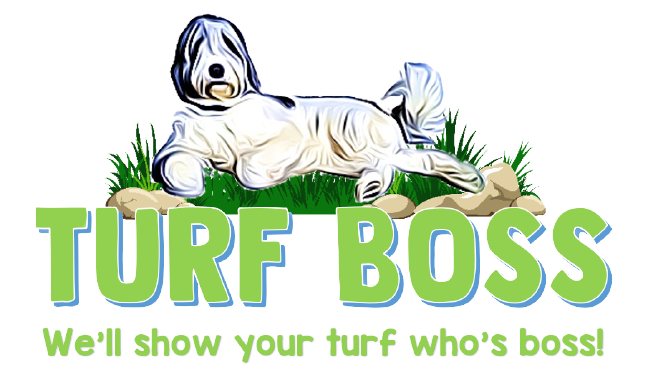
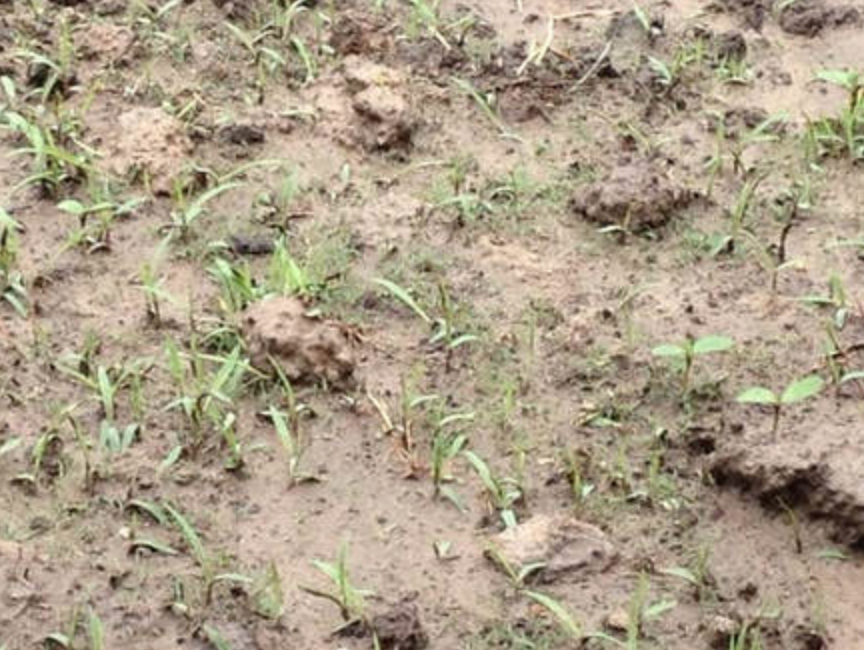
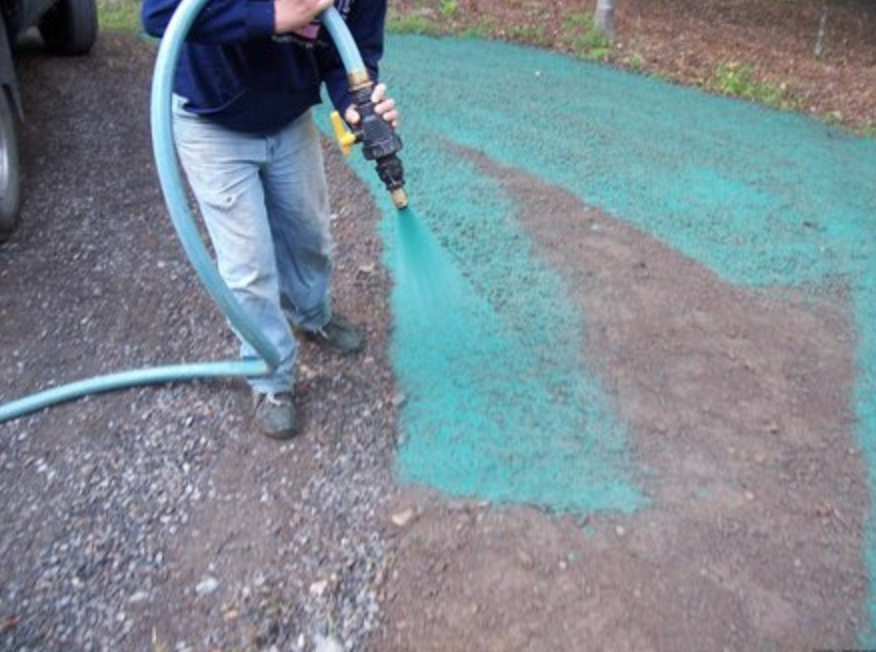
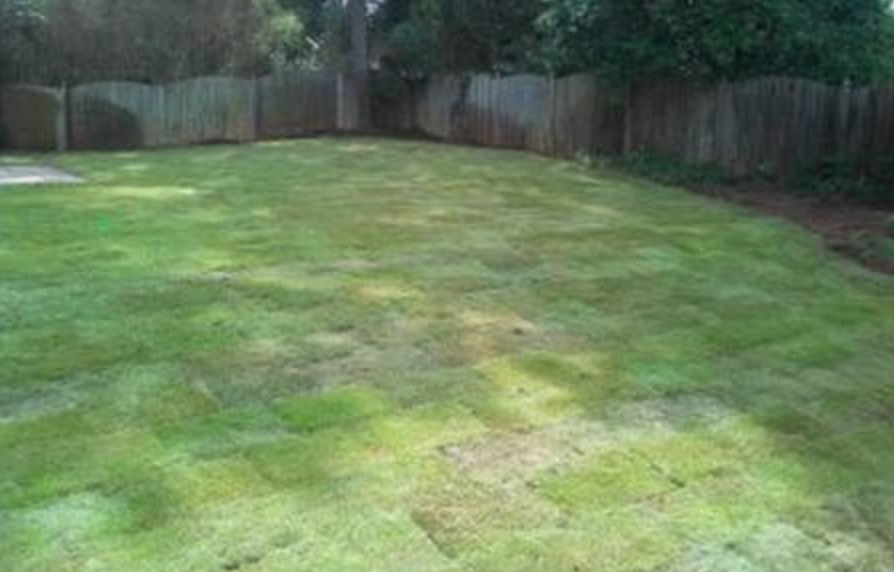
 RSS Feed
RSS Feed
